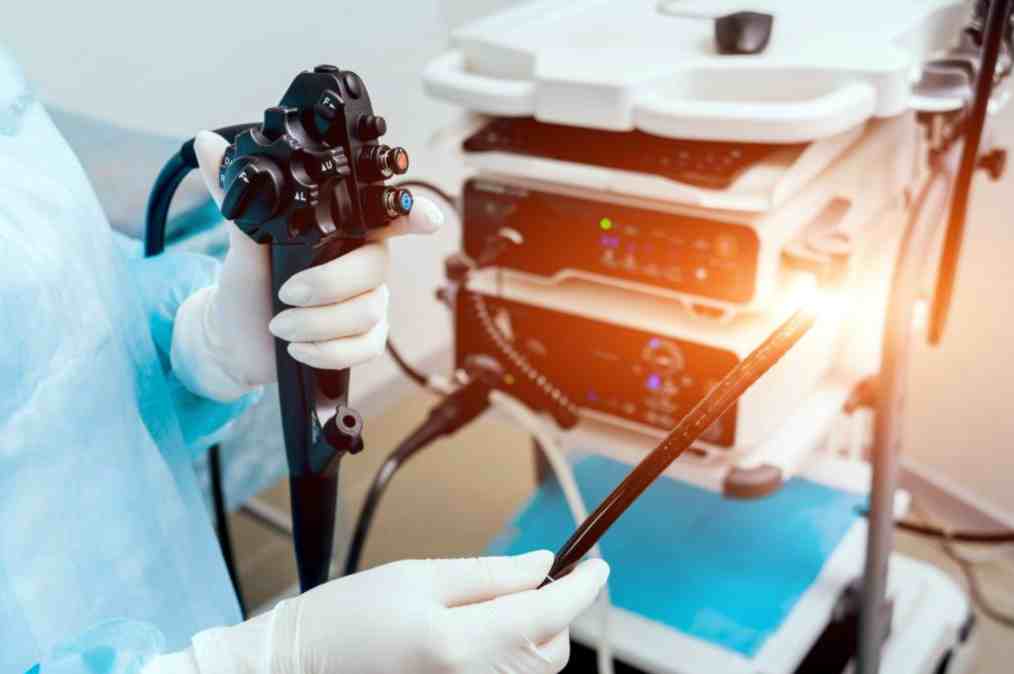
Transesophageal echocardiogram: what does it consist of?
The Transesophageal Echocardiogram uses ultrasound to visualise and study the heart. It can be performed on children, but hospitalisation is necessary as anaesthesia is also required
What is the purpose of the transesophageal echocardiogram?
The transesophageal echocardiogram is a special type of echocardiogram that uses ultrasound to visualise and study the heart and related vascular structures.
It requires the introduction of a probe into the oesophagus and thus exploits the close proximity between the heart and oesophagus in the chest for a more adequate visualisation of the cardiac structures.
DEFIBRILLATORS OF EXCELLENCE IN THE WORLD: VISIT THE ZOLL BOOTH AT EMERGENCY EXPO
Transesophageal echocardiography in the paediatric age has applications in 4 main fields:
- Diagnosis of congenital heart disease: when the quality of the images obtained by a “standard” echocardiographic examination (which is carried out by positioning the probe on the patient’s chest) cannot provide all the information necessary to understand the anatomy and blood flow in the heart (cardiac haemodynamics) or to plan a surgical intervention;
- Perioperative diagnosis: this is currently the area of greatest use, especially in younger children; in the operating theatre it allows real-time online monitoring of the operation and evaluation of the results of surgical correction;
- Cardiac catheterisation: the technique is useful for monitoring interventional procedures carried out by means of cardiac catheterisation (valve dilations or closure of communications within the heart);
- Post-surgical follow-up of congenital heart disease: when the images obtained with ‘standard’ ultrasound become unsatisfactory due to the presence of fibrous adhesions or prosthetic materials, or even due to the particular conformation of the heart after certain cardiac surgery procedures.
How a transesophageal echocardiogram is performed
In contrast to adult patients, where the examination can be performed on an outpatient basis with a small anaesthetic, in children the examination usually requires hospitalisation because a real anaesthetic is necessary.
Anaesthesia is needed in children to introduce an endoscope through the mouth into the oesophagus. An ultrasound probe is placed at the end of the endoscope, which will be inserted into the oesophagus, close to the heart.
A transesophageal echocardiogram usually takes an hour to perform.
DEFIBRILLATORS, VISIT THE EMD112 BOOTH AT EMERGENCY EXPO
There may be consequences caused by the transesophageal echocardiogram
The transesophageal echocardiogram is a semi-invasive examination because it involves introducing a probe into the oesophageal cavity, but with a very low risk of complications.
The examination does not require any special preparation of the patient and is only contraindicated in certain conditions, such as malformations (operated or not) of the oesophagus or in cases of bleeding from the oesophagus or stomach.
Read Also:
Heart Failure: Symptoms And Possible Treatments
What Is Heart Failure And How Can It Be Recognised?


